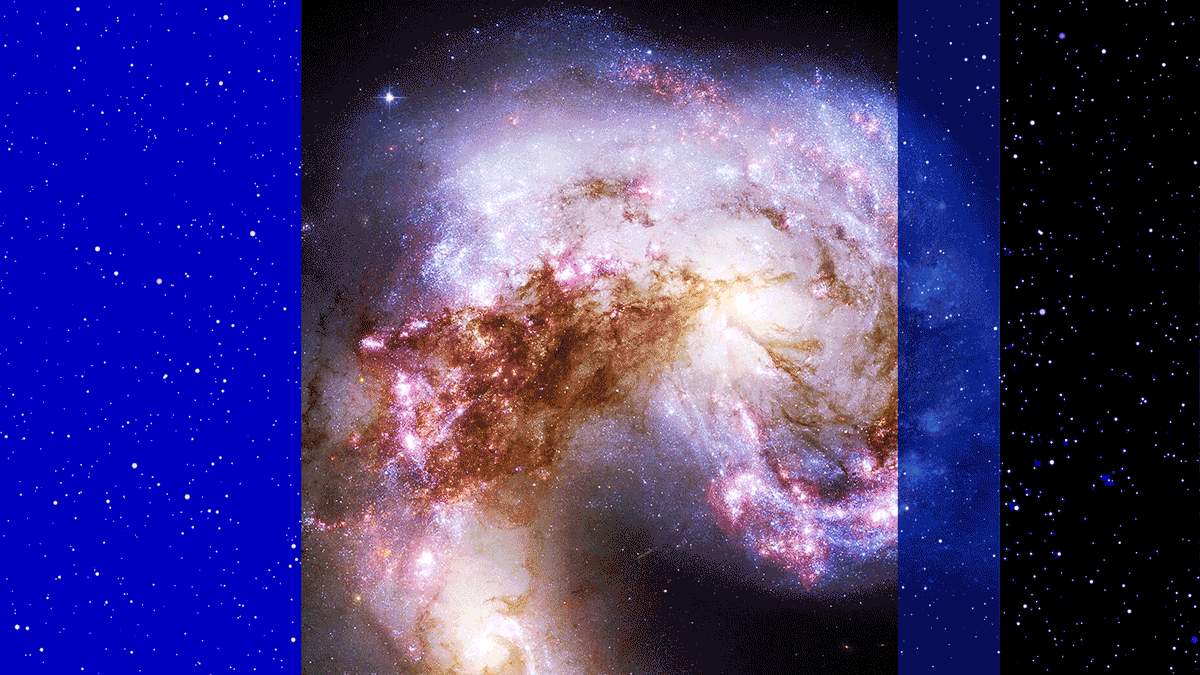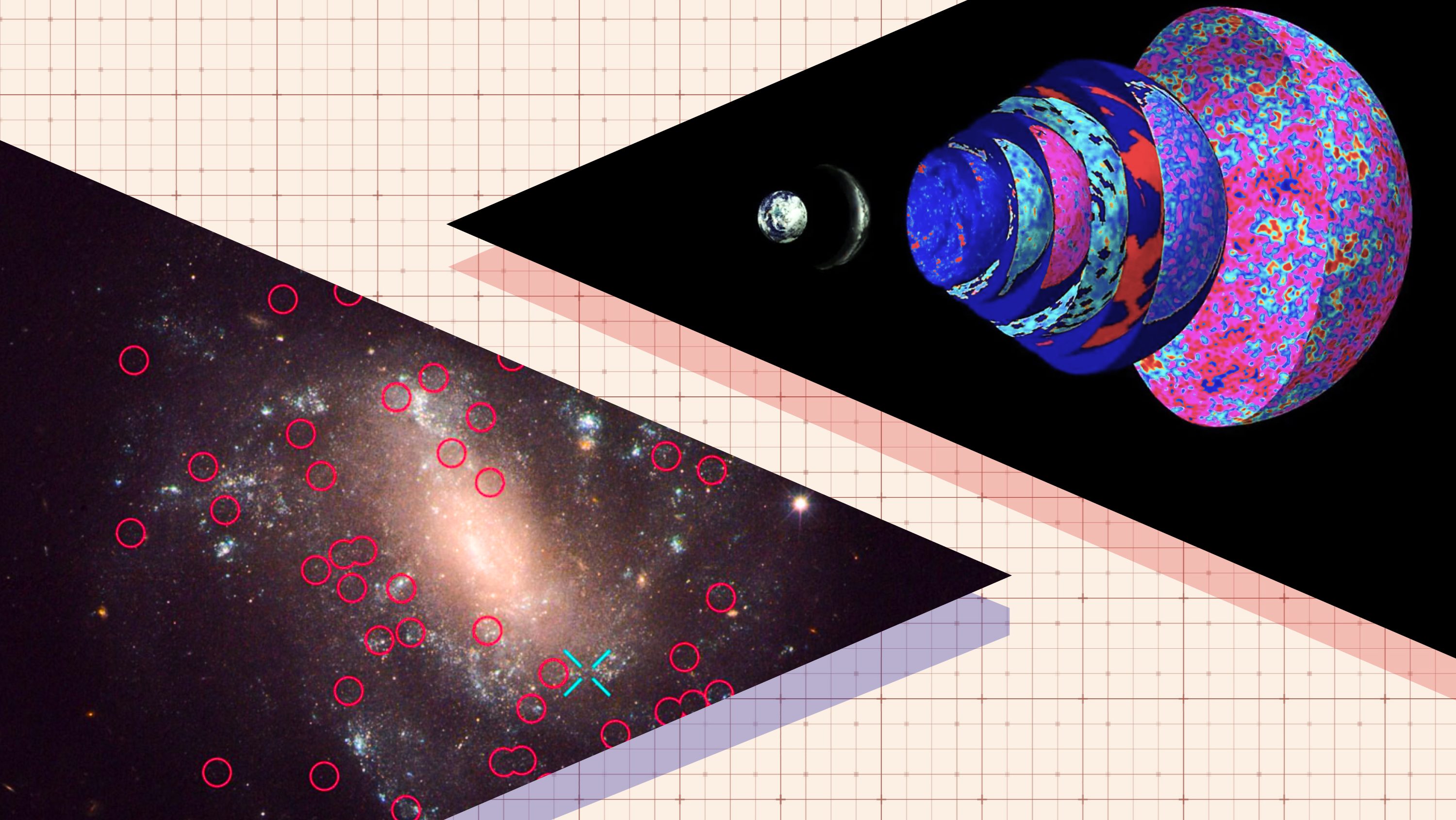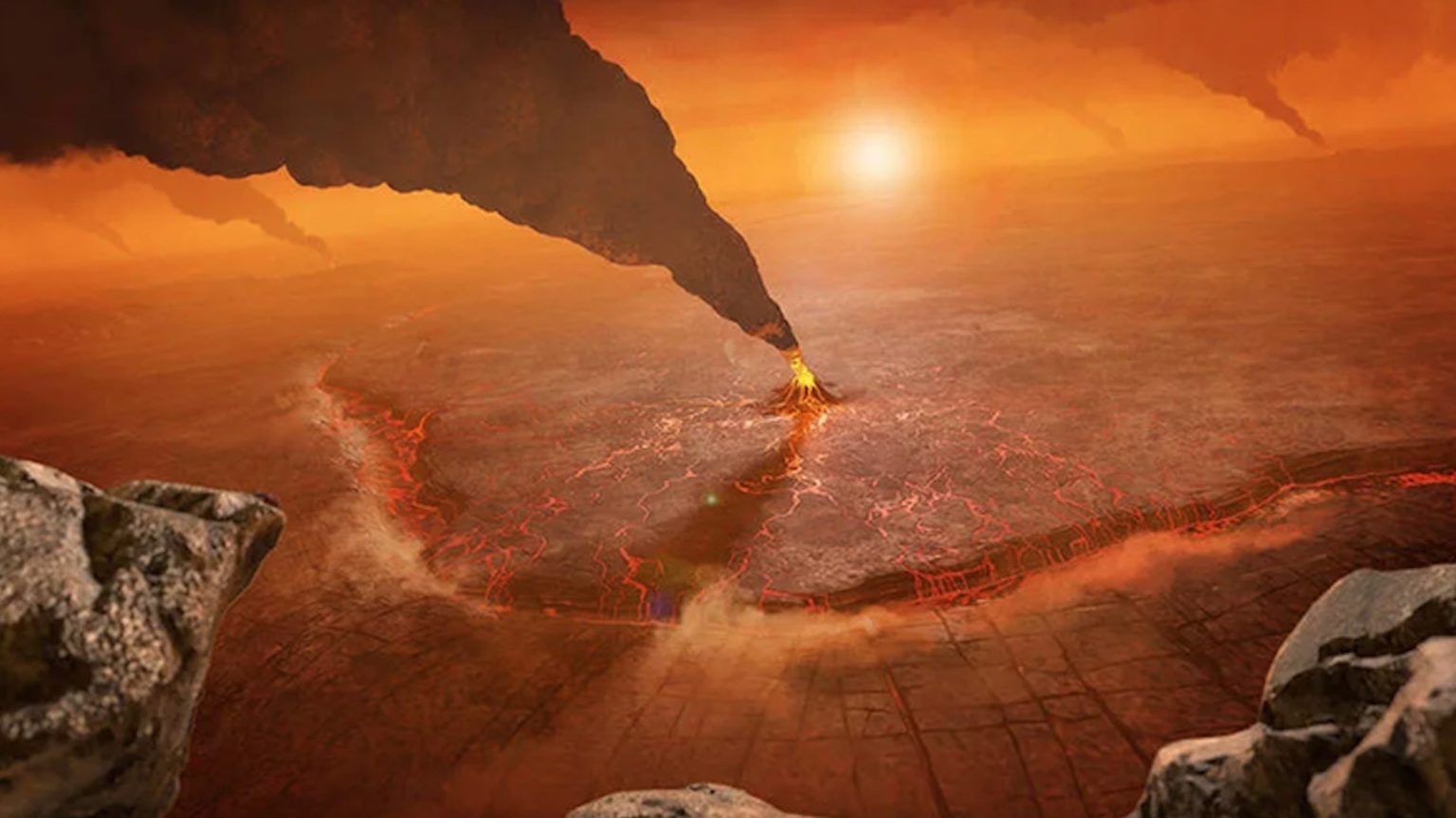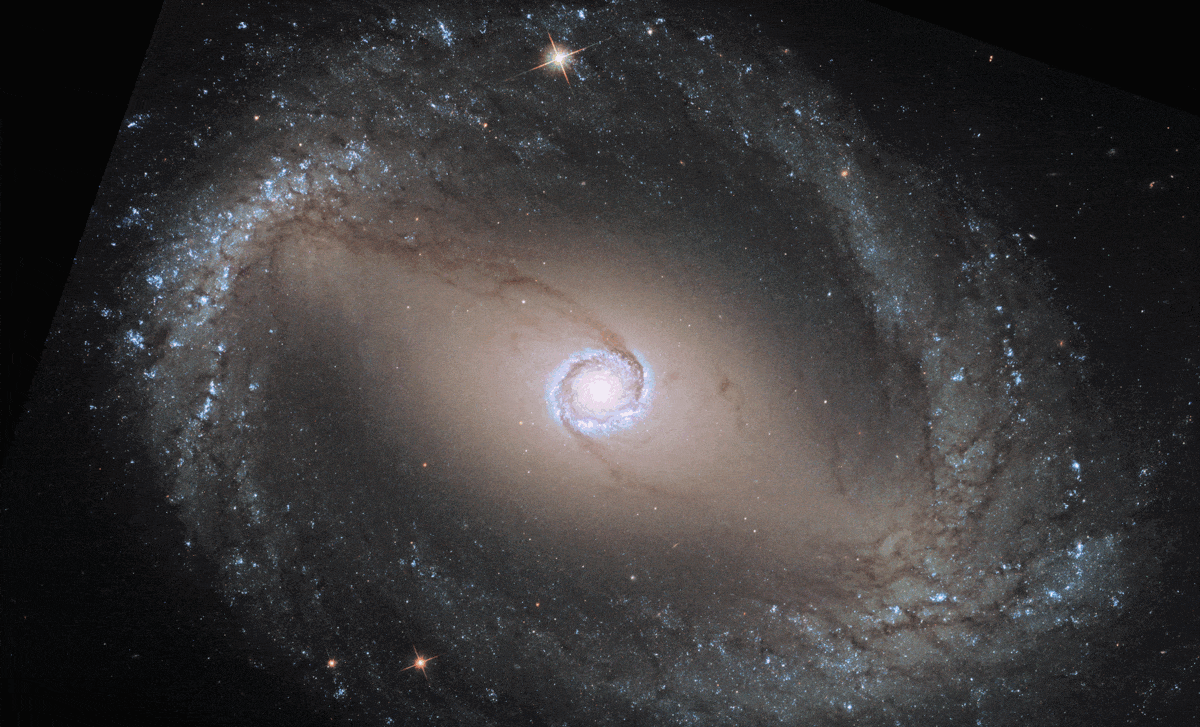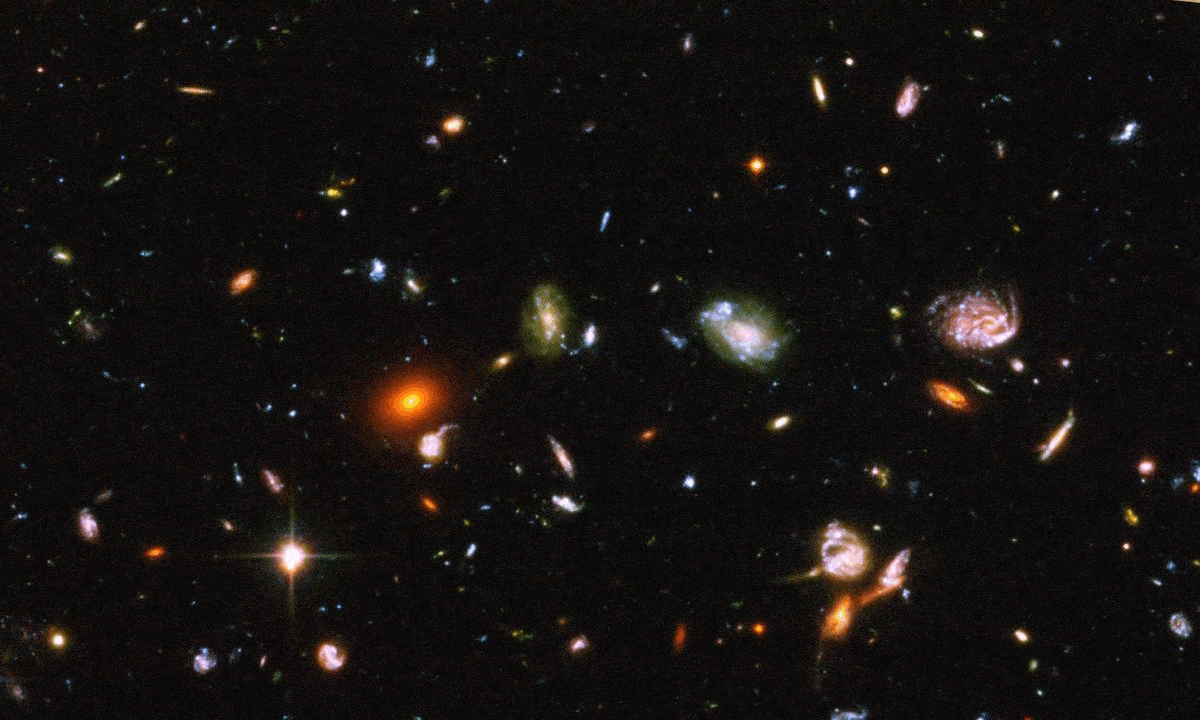Mostly Mute Monday: 50,000 Evolving Galaxies
From the Hubble Space Telescope, of course. Come view them all at once!
“From our home on the Earth, we look out into the distances are strive to imagine the sort of world into which we are born.. But with increasing distance our knowledge fades, and fades rapidly, until at the last dim horizon we search among ghostly errors of observations for landmarks that are scarcely more substantial. The search will continue. The urge is older than history. It is not satisfied and it will not be suppressed.” –Edwin Hubble
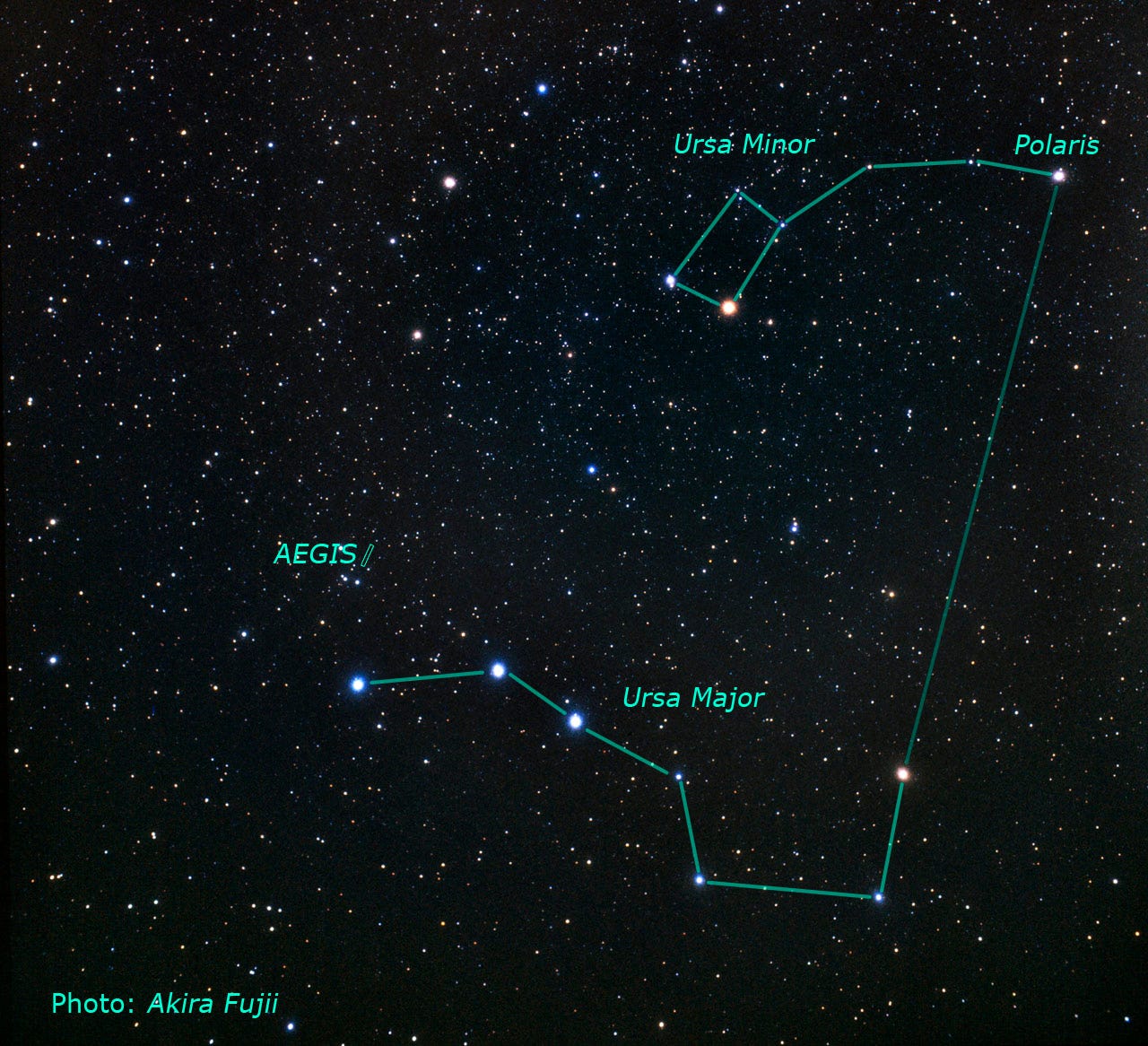
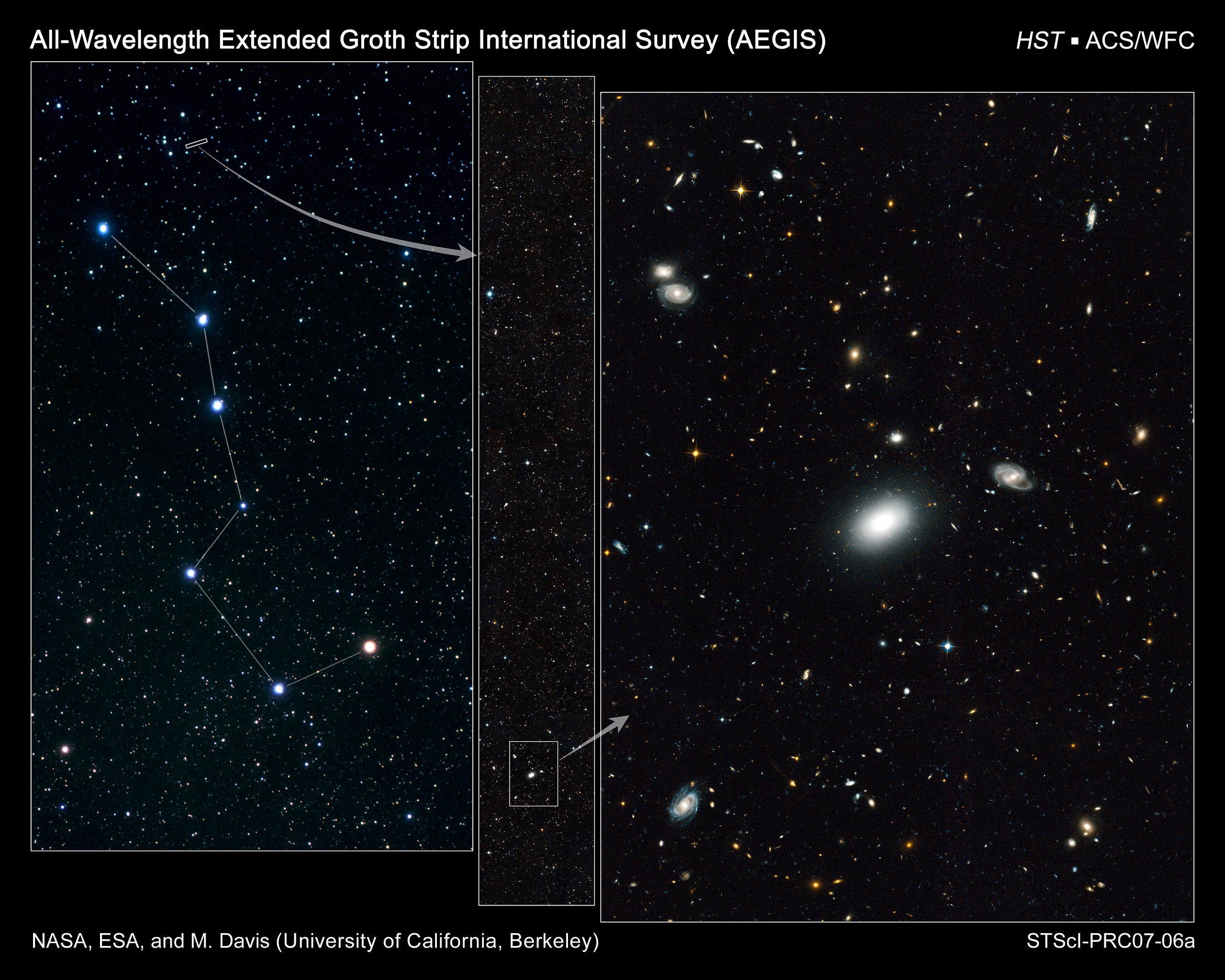

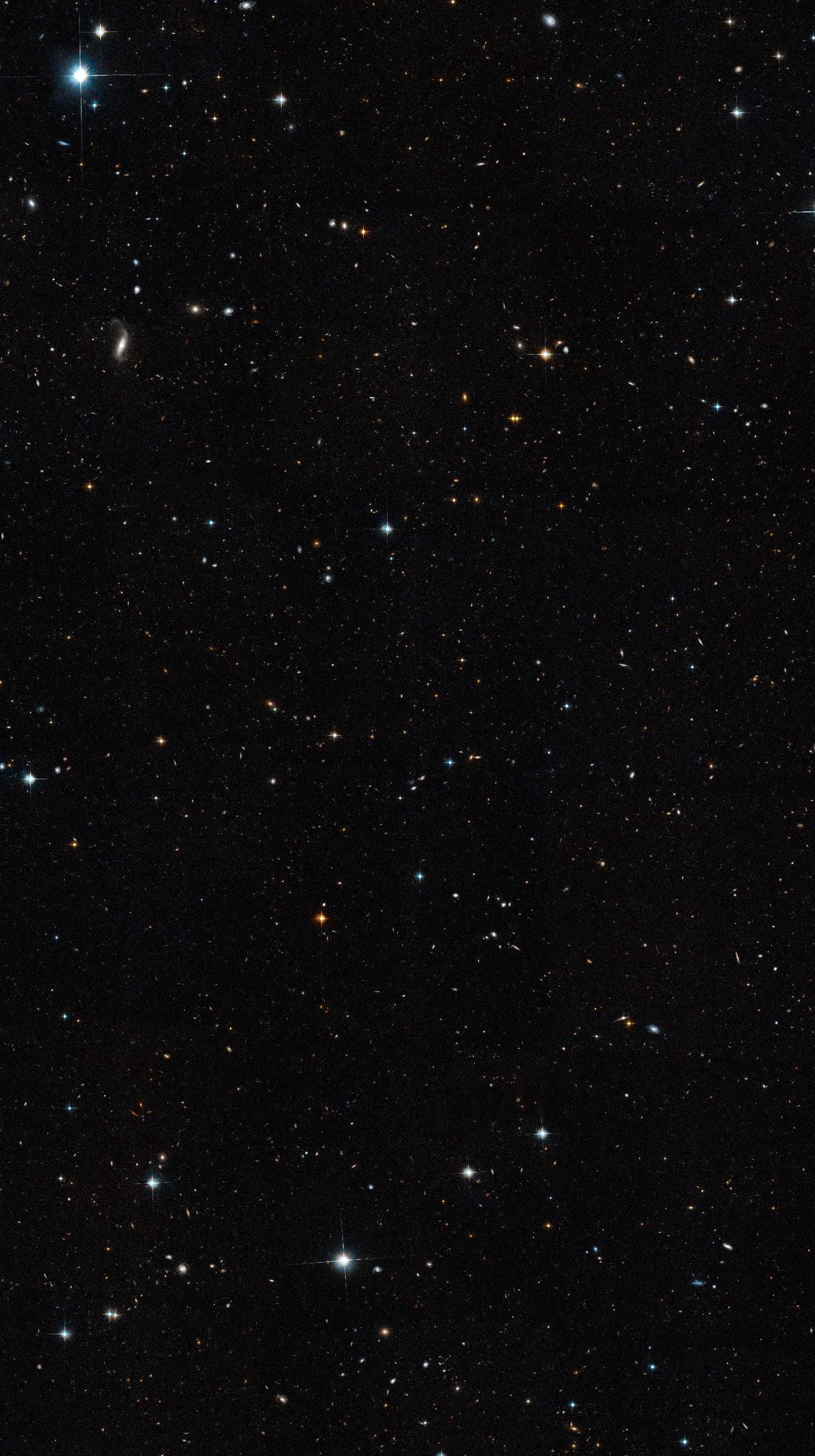
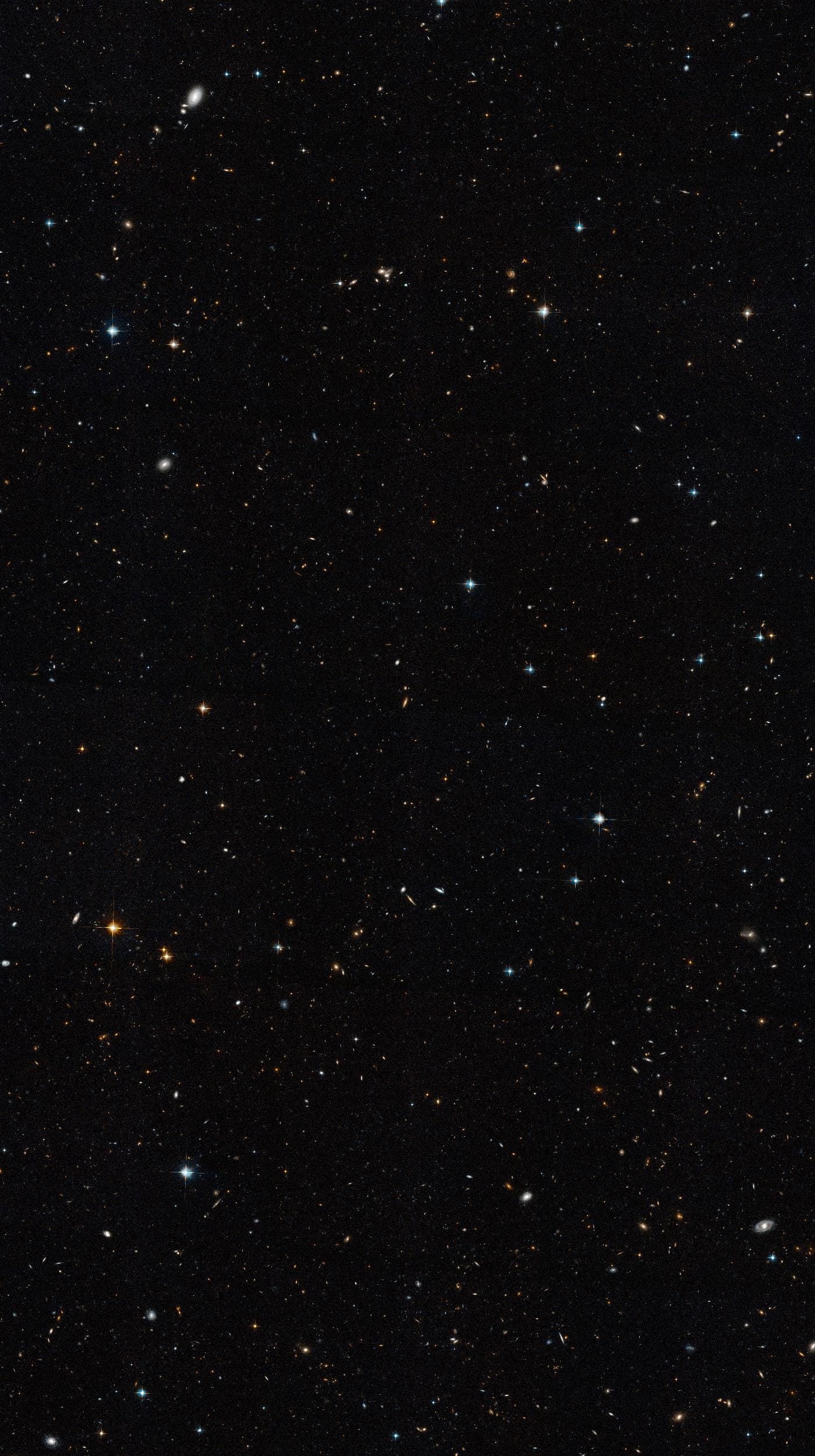
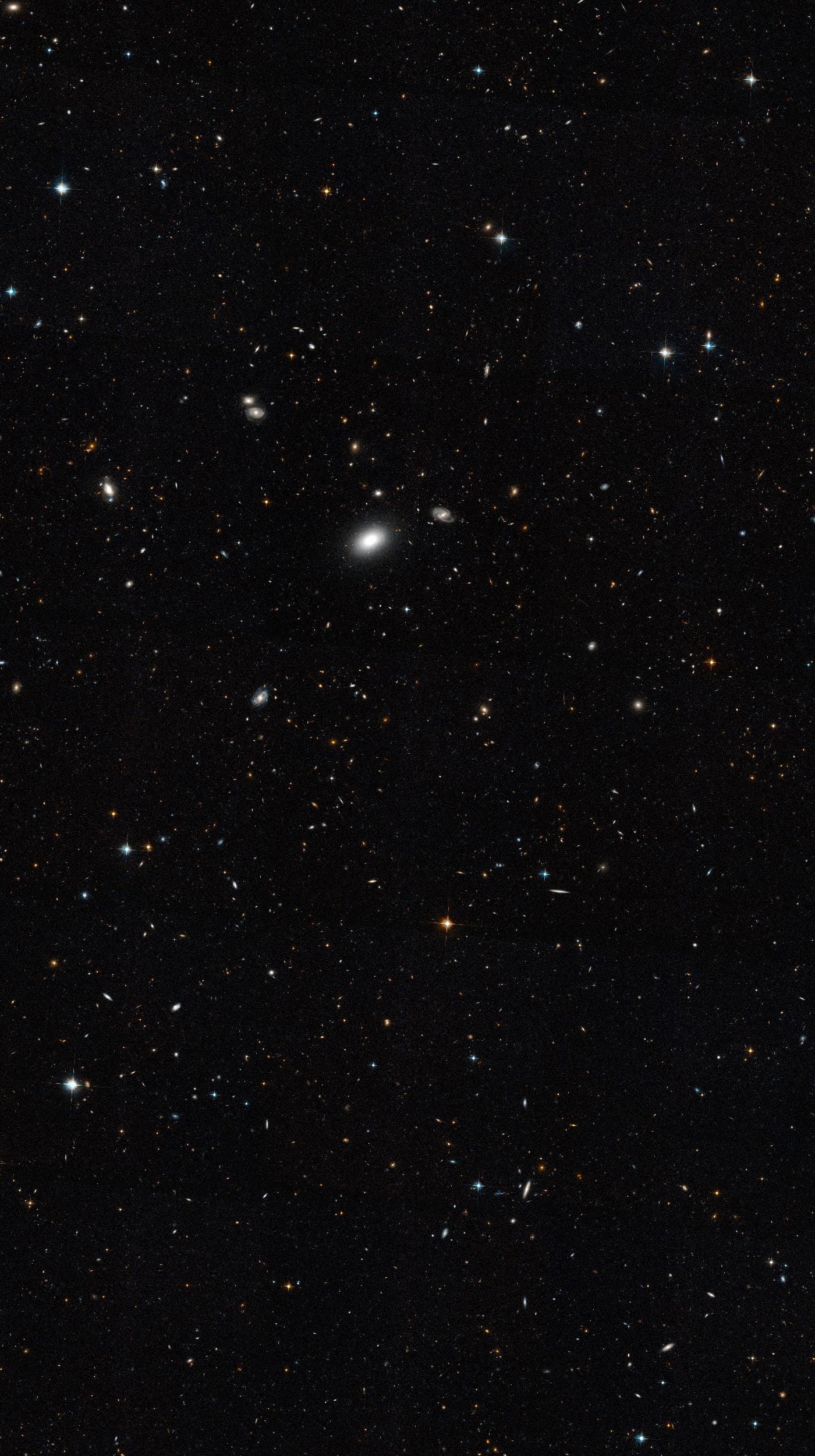
Shown above at 1/4-scale, hundreds of individual Hubble images taken with the Wide-Field Camera 3 (WFC3) and the Advanced Camera for Surveys (ACS) in four different visible-to-infrared filters, the Extended Groth Strip is one of the largest deep surveys of space ever compiled. It contains over 50,000 galaxies, from a survey area of just a sixth of a square degree.
The galaxies are not spread out evenly, but rather clumped and clustered together, tracing out filaments and allowing us to map the dark matter distribution and how it evolves. Moreover, the vastly different ages of the galaxies imaged allows us to track how galaxies morph and grow over time, as well as how their stellar populations change.
Among the highlights discovered are:
- a luminous red galaxy with two supermassive black holes inside,
- numerous large gravitational lenses,
- and many irregular and interacting galaxies and galaxy pairs.
Additional surveys of this strip are in progress from radio waves up through X-rays as part of the All-Wavelength Extended Groth Strip Internatioanl Survey (AEGIS). Below, ten full-resolution “highlights” from the Extended Groth Strip are shown. The full (240 MB!) image is available for download from HubbleSite here.
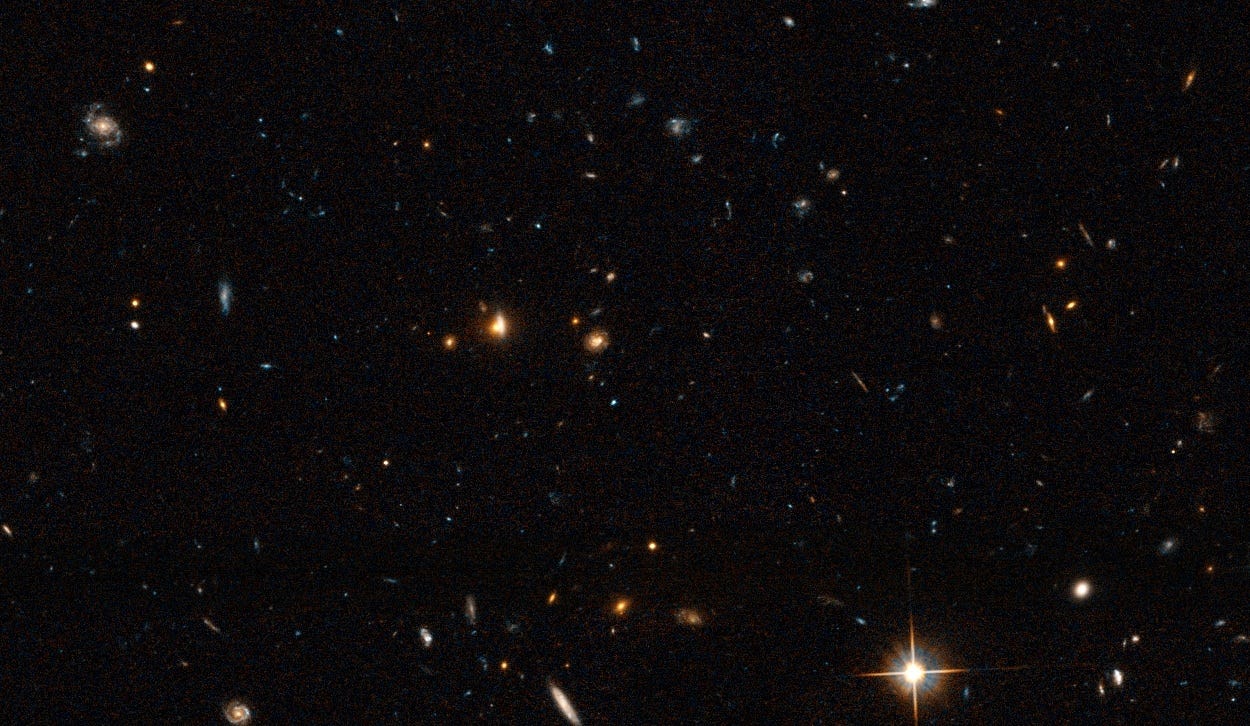
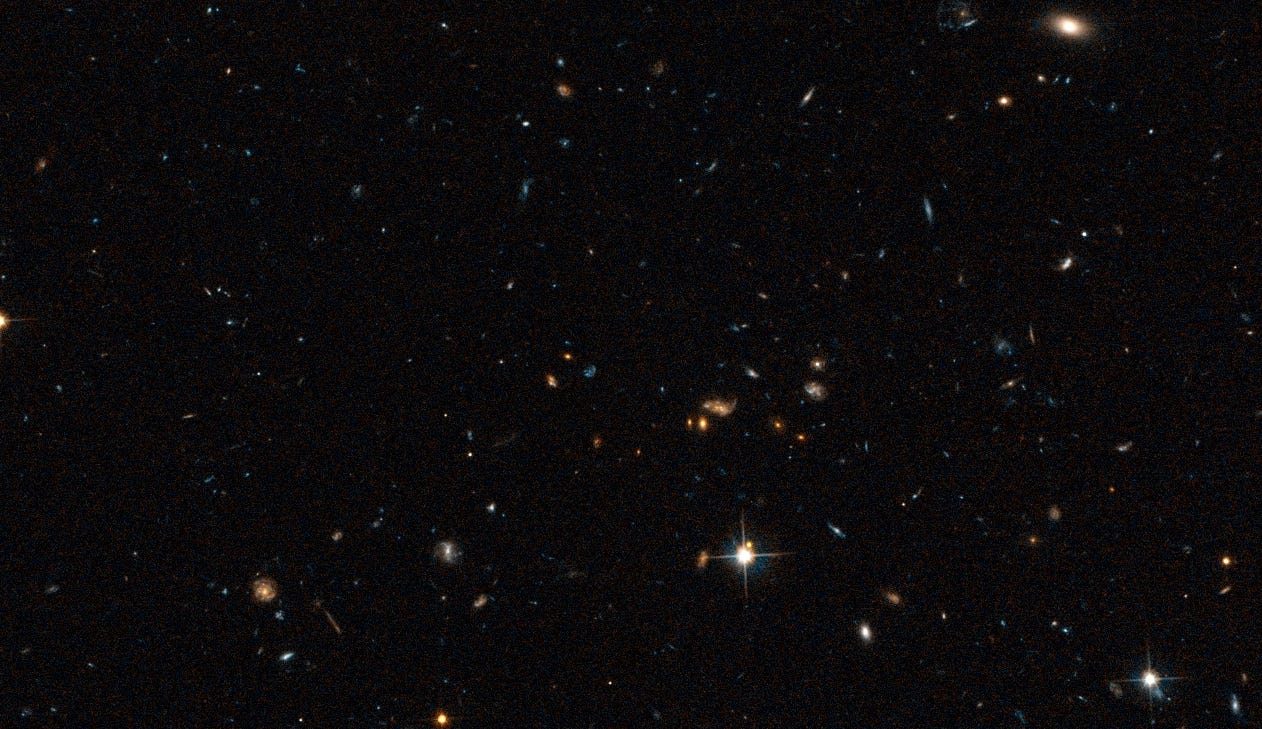

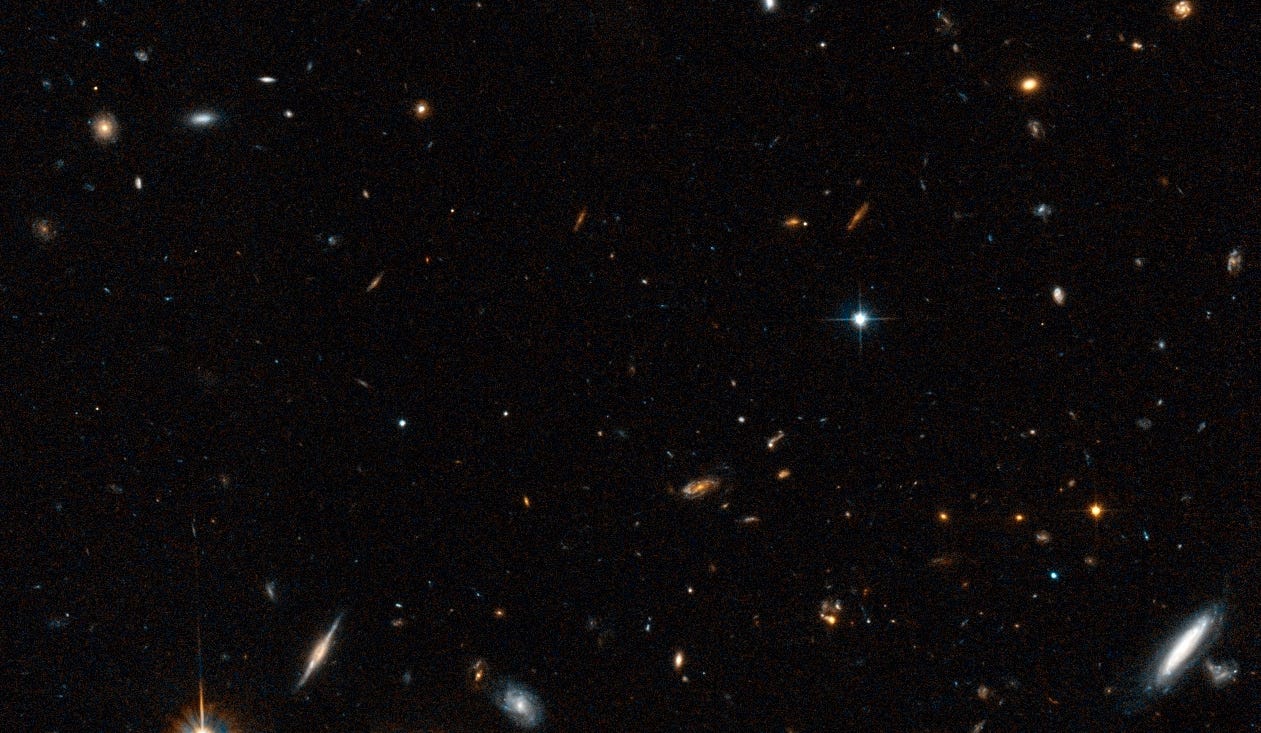
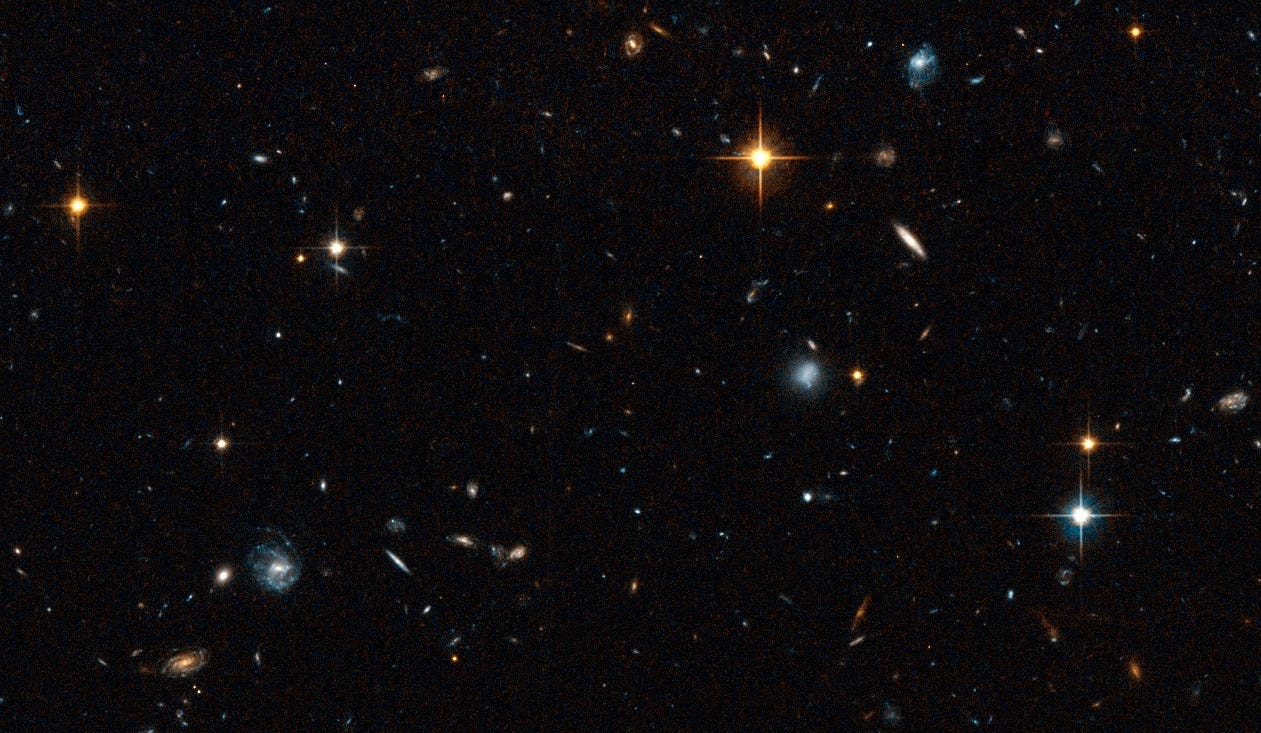
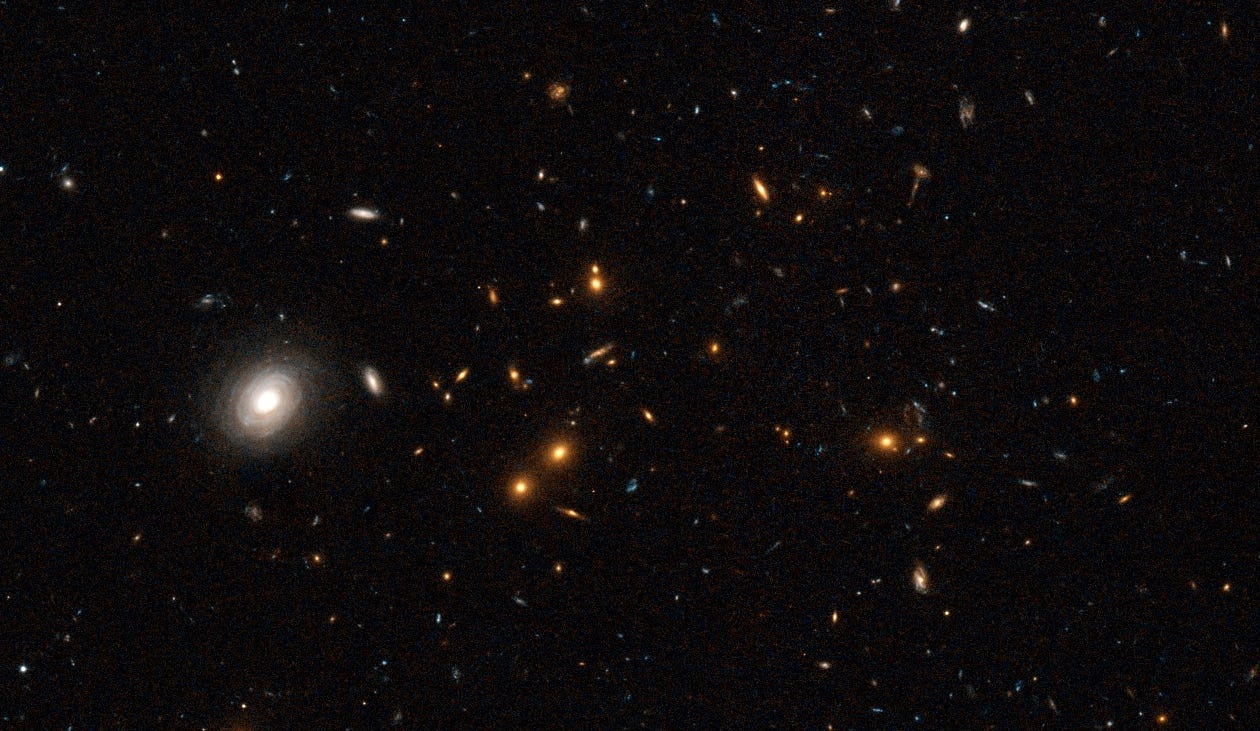
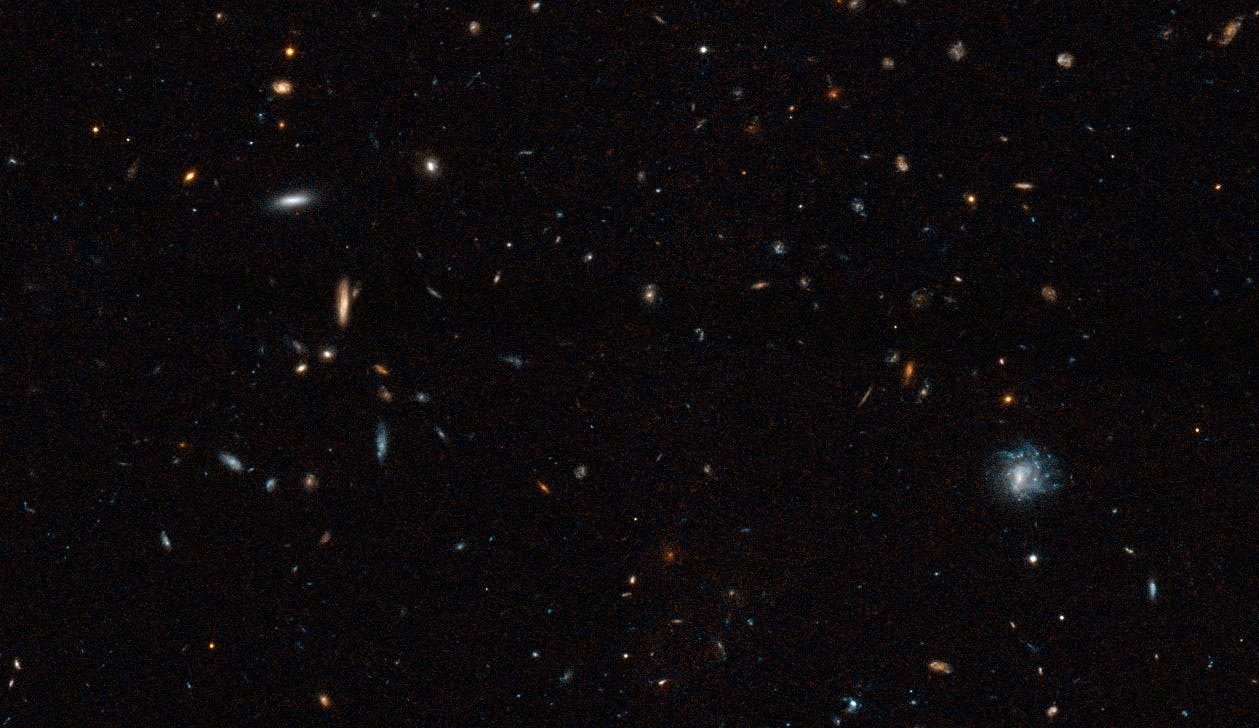

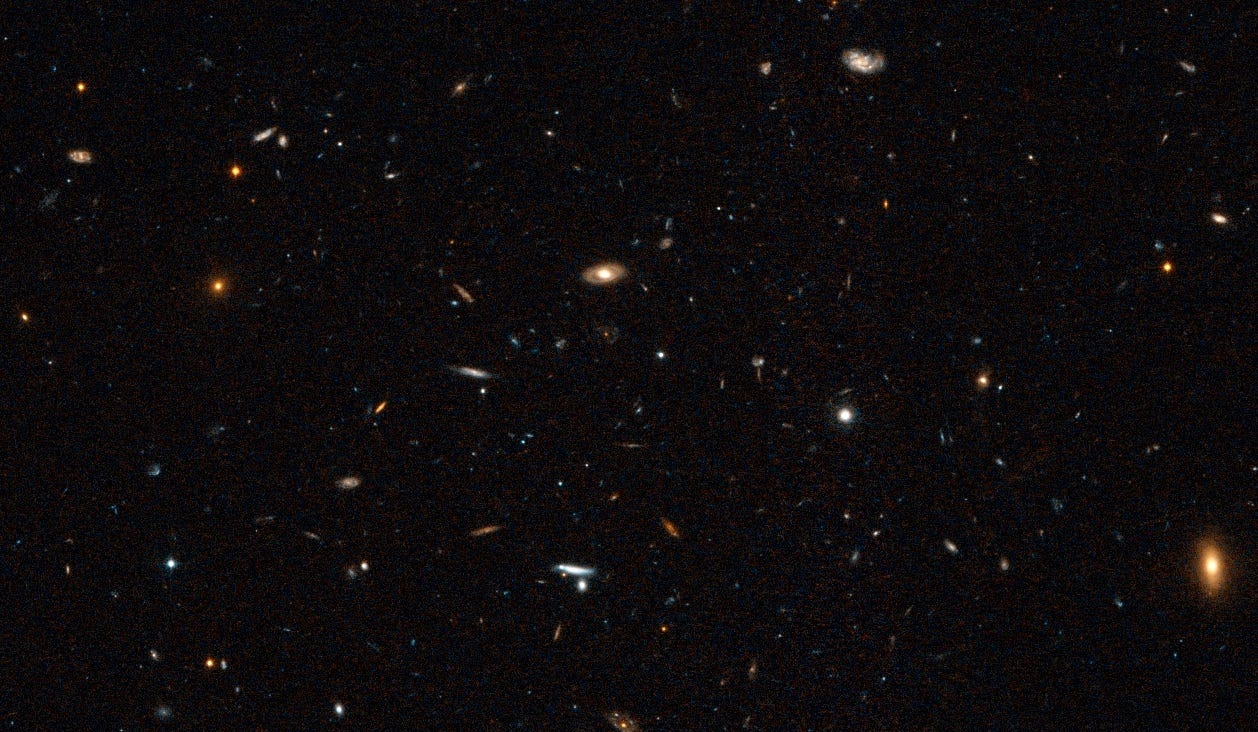
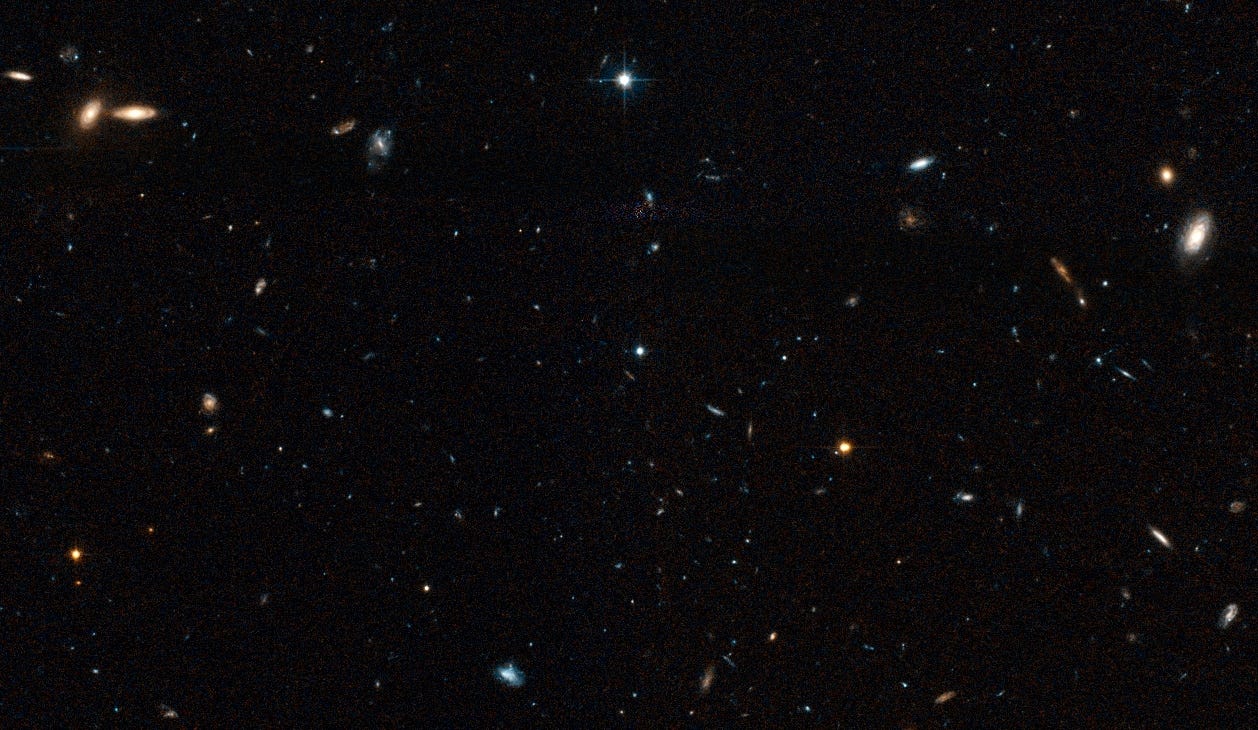
Mostly Mute Monday tells the story of a single astronomical phenomenon or object in visuals, images, video and no more than 200 words.
Leave your comments on our forum, and support Starts With A Bang on Patreon!
